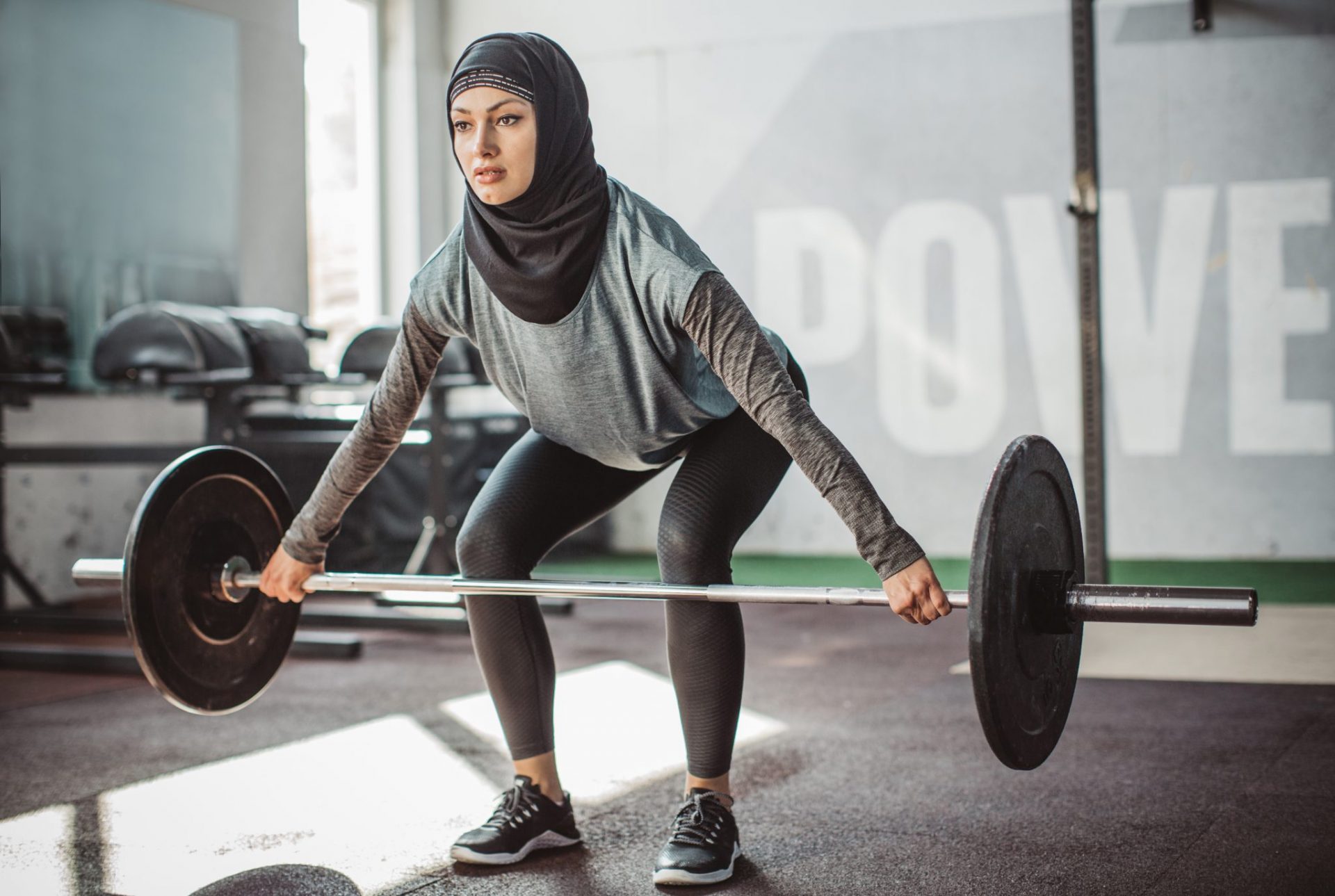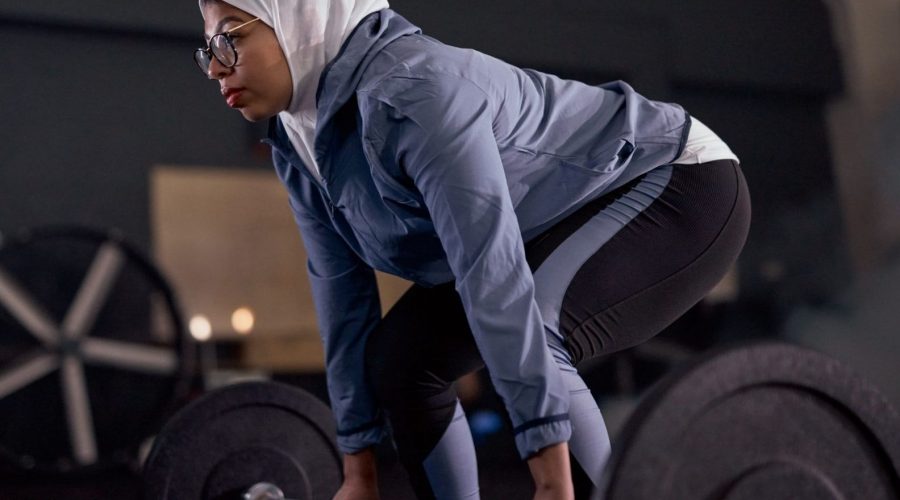5 fundamental strength training exercises you should include in every workout
Your workout routine doesn’t need to be complicated, as these five moves prove.
It’s January, and that usually means one thing: fitness information overload. There’s so much conflicting info out there that even veteran exercisers might start to feel confused. Is that new pulsing lunge variation you saw in a video better than the lunge you learned from a personal trainer on the gym floor? Should you focus on lower body strength more than upper body workouts? What really is the most effective way to do a press-up?
To build serious strength, however, the answer is simple: focus on functional fitness. That means cutting through the noise to concentrate on the moves that are guaranteed to help you move better – and there are only really five moves you need to work on.
You may also like
Benefits of strength training: 5 ways lifting weights can improve your metabolism
“There are four key players when it comes to fundamental movement patterns for functional strength,” explains personal trainer Nancy Best. “But because bodies aren’t perfectly symmetrical, it’s also important to include accessory movements that balance out the body.”
4 fundamental movement patterns
- Push
- Pull
- Hinge
- Squat
So why these four? “Firstly, they are compound lifts – recruiting multiple muscle groups in one repetition, so you’re getting much more ‘bang for your buck’,” Best explains.
“Secondly, these movements replicate how we use our bodies in real life. Whether you’re picking up a baby from a cot or bending down to grab something from the floor, you’re moving through these patterns. The more our bodies build stability and power in these positions, the more we can minimise our chances of injury.”

The importance of accessory work
And then you have accessory work, which is every bit as important as those big four lifts. “If you’re not physically capable or able to get into those positions, just exercising them over and over won’t make them any better,” says weight lifter Jenny Tong. “For example, squatting to your limit is great, but if your depth or mobility in the squat is inhibited by poor hip flexion or weak ankles, then adding weight onto your squat is going to risk injury.”
The fact that these “smaller exercises can work on opening up the body before going on to larger movements” is why they’re so important.
You may also like
Benefits of strength training: how you can get stronger using bodyweight exercises if you don't have weights
Squat
A squat is pretty self-explantory, but to define it, it involves bending the knees and lowering the hips to the floor. This targets the quads, glutes, hamstrings and core and, if you add weight, can also strengthen the upper body by stabilising through the back, chest and shoulders.
The best squatting exercises
- Goblet squat
- Front squat
- Back squat
- Split squat
You may also like
Squat alternatives: 6 of the best squat variations for glutes, quads, hips and endurance
Hinge
A hinge movement comes from the hips, driving them forwards or backwards. For example, the deadlift causes you to bend backwards at the waist, pushing the hips behind you to lift the bar off of the floor. Usually, they work the lower body.
The best hinging exercises:
- Deadlifts
- Romanian deadlifts
- Hip thrusts
- Good mornings
Push
Pushing exercises typically work your chest, shoulders and front of the upper body.
Best pushing exercises:
- Push up
- Chest press
- Overhead press
Pull
Pulling exercises tend to focus on your posterior – that is the back of the body: think lats, rear delts and lower back.
Best pulling exercises:
- Pull up
- Row variations, such as bent over row or single arm row
- Overhead pull
Accessory moves
These exercises are more focused on isolating smaller muscles, and there’s a never-ending supply of them to work on. The purpose behind them is to build stability and strength in the muscles that support your bigger lifts, for example, bicep curls strengthen the front of the arms, but also support you in all of your pulling moves.
Clams strengthen the glute med, the muscles on the outside of the hip which are harder to target with compound lifts such as squats or hip thrusts.
You may also like
Gluteus medius: how to stretch and strengthen the lower-body muscle responsible for stability
How to use these movement patterns in your training
Whether you want to divide your week into lower body and upper body splits or do a few full-body workouts, including a good mix of each of these movements across the week is important for a well-balanced body.
“A good rule of thumb is to programme your compound movements at the start of the session, before you move on to accessory work,” explains Nancy. This is mainly because compound lifts are more exhausting on your muscles and mindset than accessory moves.
For example, you might do a lower body session focusing on one squat and hinge move, and a few accessory exercises after. Then an upper body workout with one push, one pull and a few accessory moves too. Or, you may prefer full body workouts, in which case you could mix up which patterns you train throughout the week until you find a split that works well for you.
Want more strength-training workouts? Sign up for the your free 14-day trial to the Strong Women Training Club to receive weekly workouts from your favourite trainers.
Follow @StrongWomenUK on Instagram for the latest workouts, delicious recipes and motivation from your favourite fitness experts.
Images: Getty
Source: Read Full Article
